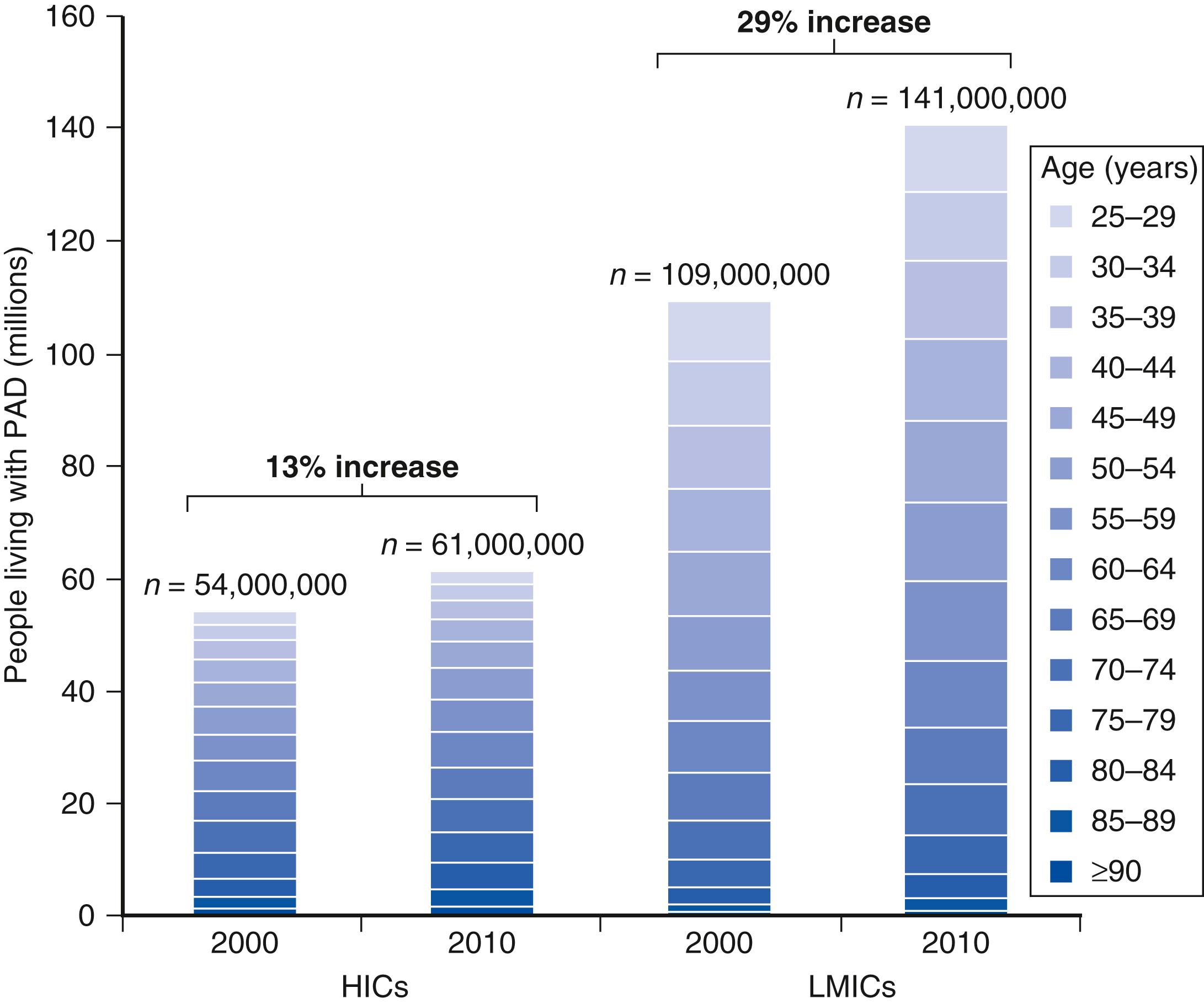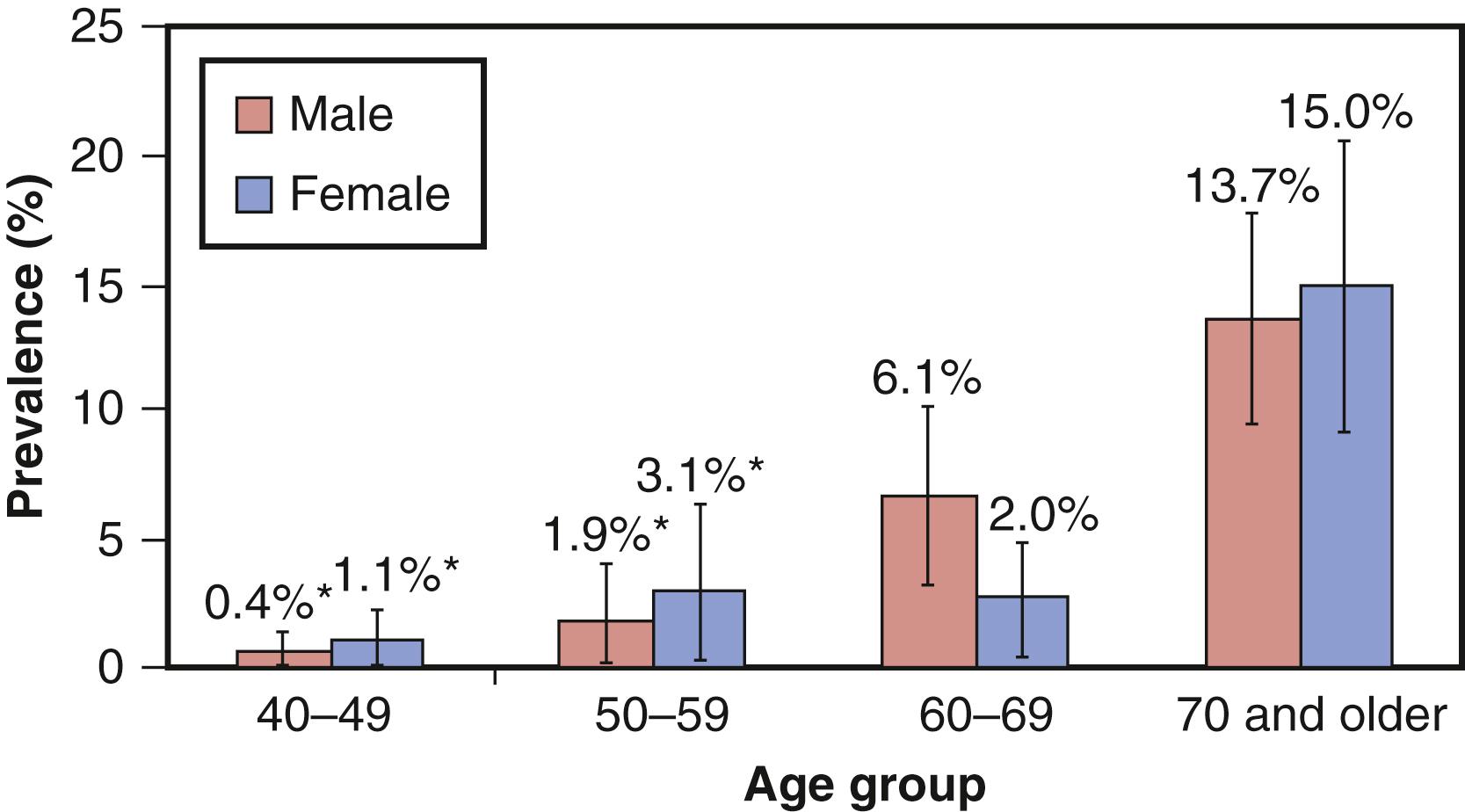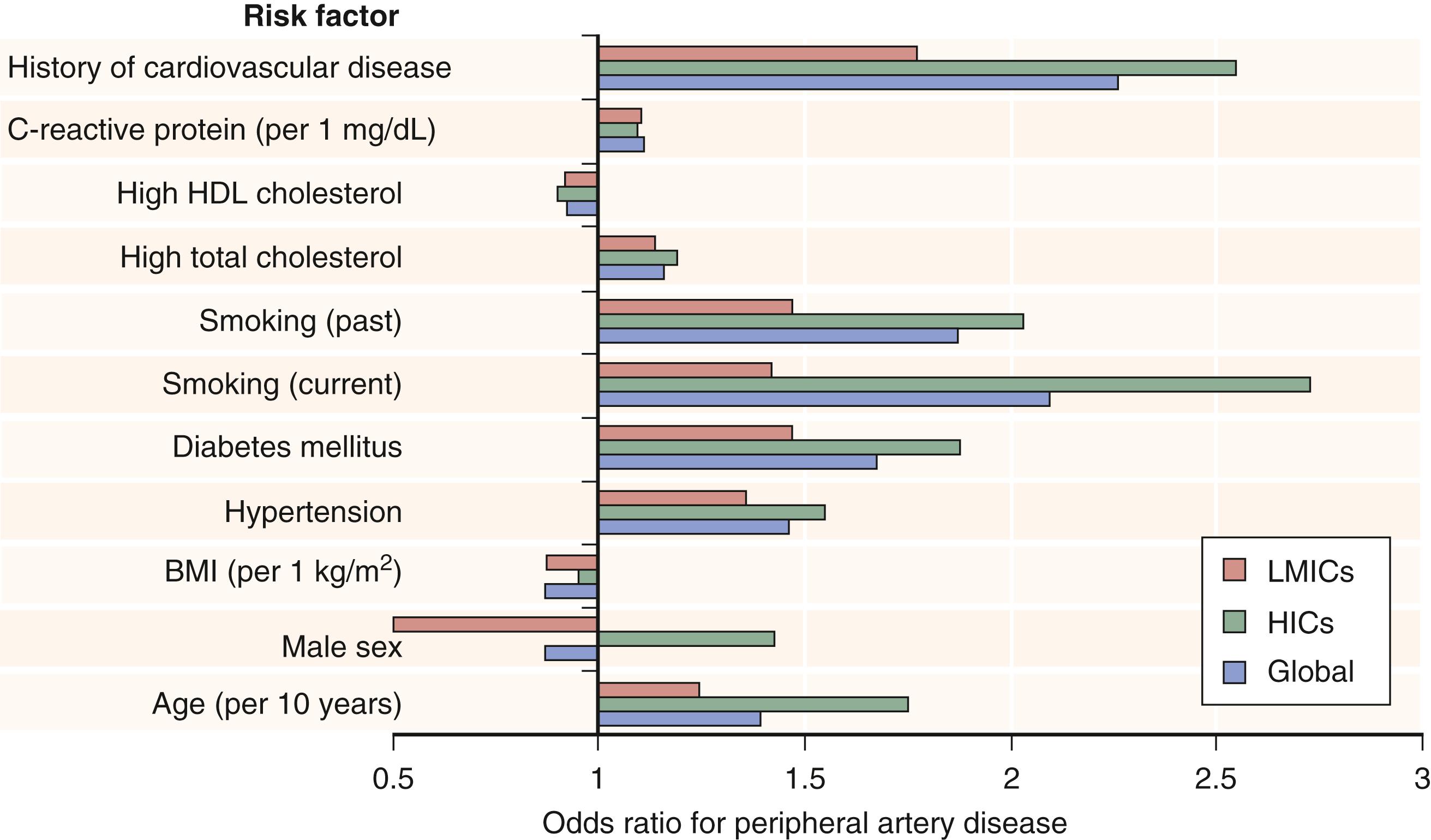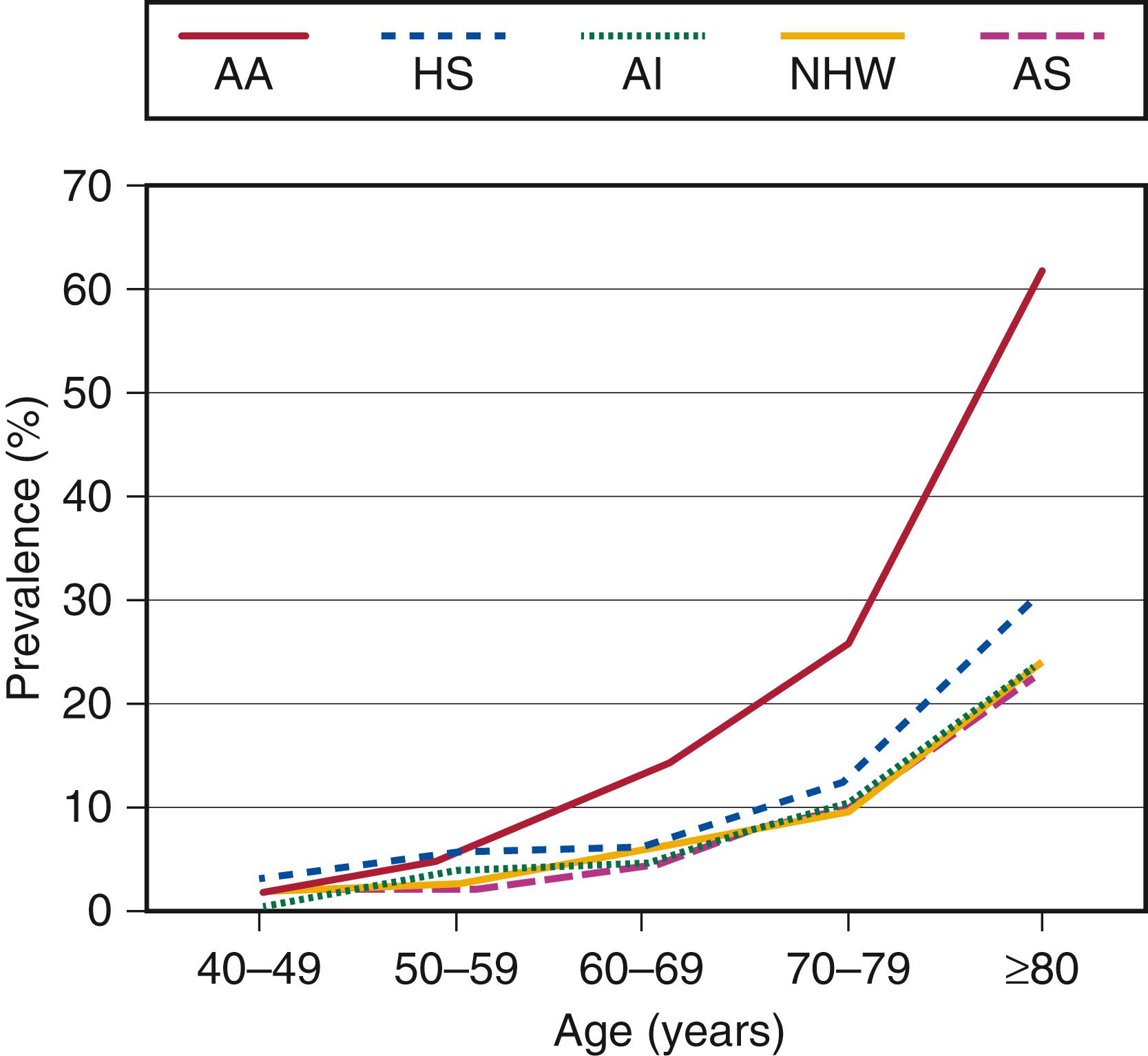Physical Address
304 North Cardinal St.
Dorchester Center, MA 02124
Peripheral arterial disease (PAD) is defined as chronic, atherosclerotic occlusive disease of the lower extremities. It has become a major global health problem, largely secondary to aging of the world’s population, combined with the growing prevalence of risk factors such as diabetes, smoking, hypertension, and dyslipidemia. The increasing burden of PAD has resulted in mortality, morbidity, and escalating public health costs associated with care for the disease and its complications. Accurate information on PAD prevalence and incidence is limited because a large proportion of affected individuals have preclinical disease or atypical symptoms, and PAD screening (e.g., ankle–brachial index [ABI] testing) is not routinely used. As a result, epidemiologic data have been drawn from isolated community screening studies, data on symptomatic states such as intermittent claudication (IC), and by extrapolation from other measured diseases (e.g., diabetes) and events (amputation) with known relationship to underlying PAD.
Epidemiologic studies have estimated that more than 200 million individuals are currently affected by PAD worldwide. This prevalence rate has increased by approximately 25% over the preceding decade. The growth of PAD is evident in both high-income countries (HICs) and low- and middle-income countries (LMICs), with LMICs and the Pacific Rim/Southeast Asia region specifically demonstrating higher rates of growth ( Fig. 107.1 ). Sex- and age-related prevalence of PAD differs somewhat around the globe. In HICs, men and women appear approximately equally affected and the prevalence rises from less than 5% younger than age 50 to approximately 20% in individuals older than 80 years. In LMICs, age-specific rates appear higher in women compared with men. Many studies have demonstrated that women have lower ABI than do men, although the reasons for this observation are unclear and not readily explained by differences in established risk factors for atherosclerosis. Data on PAD are sparse from many areas of the world and concerted public health efforts will be needed to develop more accurate models of incidence, prevalence, and outcomes. These efforts are justified by the economic impact of disability and health resource use that is engendered by PAD.

Data from the US population estimate that 8.5 million Americans are living with PAD. There is a strong age-dependent increase in the United States, with a prevalence of greater than 20% in individuals older than 80 years ( Fig. 107.2 ). Nehler et al. estimated US incidence and prevalence of PAD over the years 2003 to 2008 using a broad capture of claims data from multiple insurers including Medicare, Medical, and commercial plans. They reported an annual incidence rate of 2.35% and an overall prevalence of 10.69% among the enrollees.

Estimates of the prevalence of IC and chronic limb-threatening ischemia (CLTI) are fraught with similar limitations and are likely to be systematically undervalued. Estimates of IC prevalence have been derived from community questionnaire studies and, for CLTI, using administrative (billing) data on hospitalizations, procedures, and amputations. IC is estimated to affect up to 6% of individuals older than 65 years in Western countries. It is recognized that many PAD patients describe atypical leg pain syndromes (non-calf pain or calf pain with nonclassic descriptors) that are not accurately captured. Estimates of CLTI incidence and prevalence have ranged from 0.02% to 0.35% and 0.3% to 2% across studies of disparate adult populations. , This translates into approximately 2 million individuals in the United States.
PAD is a chronic manifestation of systemic atherosclerosis in the arteries of the lower extremities. As such, it shares many risk factors with other clinical atherosclerotic conditions such as coronary artery disease (CAD) and cerebrovascular disease (CVD). However, differences in the profile of PAD, CAD, and CVD patients have been characterized, and the strength of association of specific risk factors varies across the clinical syndromes, as well as across anatomic patterns ( Fig. 107.3 ).

Age is the strongest risk factor for PAD. The disease is rare in individuals younger than 40 years, rises in prevalence in the sixth to eighth decades, and may affect 25% or more of individuals 80 years and older. , As mentioned previously, sex-related differences in PAD appear to be different around the globe, although the prevalence of more advanced, symptomatic stages of disease is consistently higher in men.
Several studies have demonstrated higher rates of PAD and poorer outcomes for black populations in comparison with non-Hispanic or Hispanic white populations ( Fig. 107.4 ). , , Reasons remain unclear because this disparity is not accounted for based on an imbalance of traditional risk factors such as age, smoking, diabetes, or hyperlipidemia.

Cigarette smoking is a strong and independent predictor of PAD across populations. Several studies have demonstrated odds ratios in the range of twofold to fourfold. , , Secondhand smoke exposure appears to also carry increased risk for PAD, although data in this regard are limited. ,
Diabetes has been strongly associated with PAD prevalence and severity. Odds ratios reported for diabetes are similar to those for smoking, in the range of twofold to fourfold. This association is modified by age and the duration of diabetes, such that older individuals with more than a decade of diabetes are at highest risk. The combination of diabetes and smoking is most insidious, portending a high risk for PAD severity, amputation, and mortality. Multiple studies have demonstrated that long-term outcomes of PAD are adversely influenced by the presence of diabetes, including reduced survival and a fivefold increased rate of limb loss.
Become a Clinical Tree membership for Full access and enjoy Unlimited articles
If you are a member. Log in here